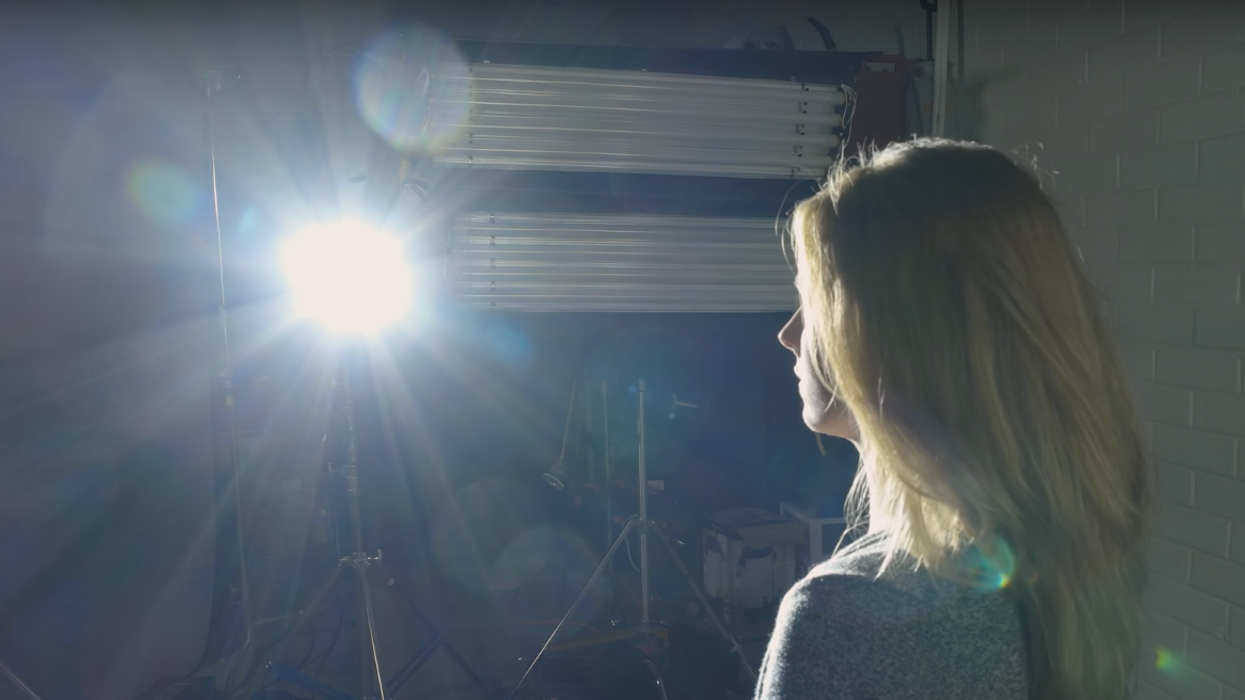Watch: Learn the Fundamentals of Light Quality in Less Than 8 Minutes
Lighting is one of the most important elements of filmmaking, which is why it's important to understand its basic concepts.

If you're new to cinematography, or even filmmaking altogether, you'll quickly learn that good lighting is critical for not only making your projects look professional and cinematic, but for telling dynamic, emotional stories as well. If you're ready to begin learning the fundamentals of lighting, namely the "quality" of your light, RocketJump Film School breaks it down in the video below.
The term "quality" when talking about a light source is quite misleading since it has nothing to do with how good or bad the light is. Instead, "quality" refers to how light "behaves"—what effect it has on your subject and its surroundings, how it interacts with objects around it.
One key concept of light quality is "hard" and "soft" light. Here are some basic qualities and applications of both:
Hard Light
- Casts "hard", defined shadows with fast falloff (shadows that have a lot of contrast, or no grey shades)
- Comes from a directional, focused source
Hard lighting has many applications; you see it all the time in horror and drama films. In fact, it's used almost exclusively in film noir and neo noir, a lighting technique known as chiaroscuro lighting. The hard shadows produced by hard lighting has a lot of psychological effects, too. It inspires fear, doubt, suspicion, tension, and a host of other not so sunshine-and-rainbows feelings.
Soft Light
- Casts "soft", even shadows with slow falloff (shadows that don't have a lot of contrast, or lots of grey shades)
- Comes from a larger, broader source that "wraps around" the subject
If hard light is "moody", soft light is "neutral", or even "happy". This kind of lighting is used to make subjects look more appealing—you see it all the time in films made in the 30s during the Golden Age of Hollywood, when the star system became a thing and female actors were lit with "glamor lighting" to make them look softer, younger, and, well, more glamorous. Today, it's used in comedies, TV sit-coms, romance, and pretty much every other genre, but aside from genre, it's used also to represent practical lights.
What are some aspects of light quality that weren't mentioned in the video that you think are important to know? Let us know in the comments below!
Source: RocketJump Film School



 No Film School's coverage of
No Film School's coverage of 









